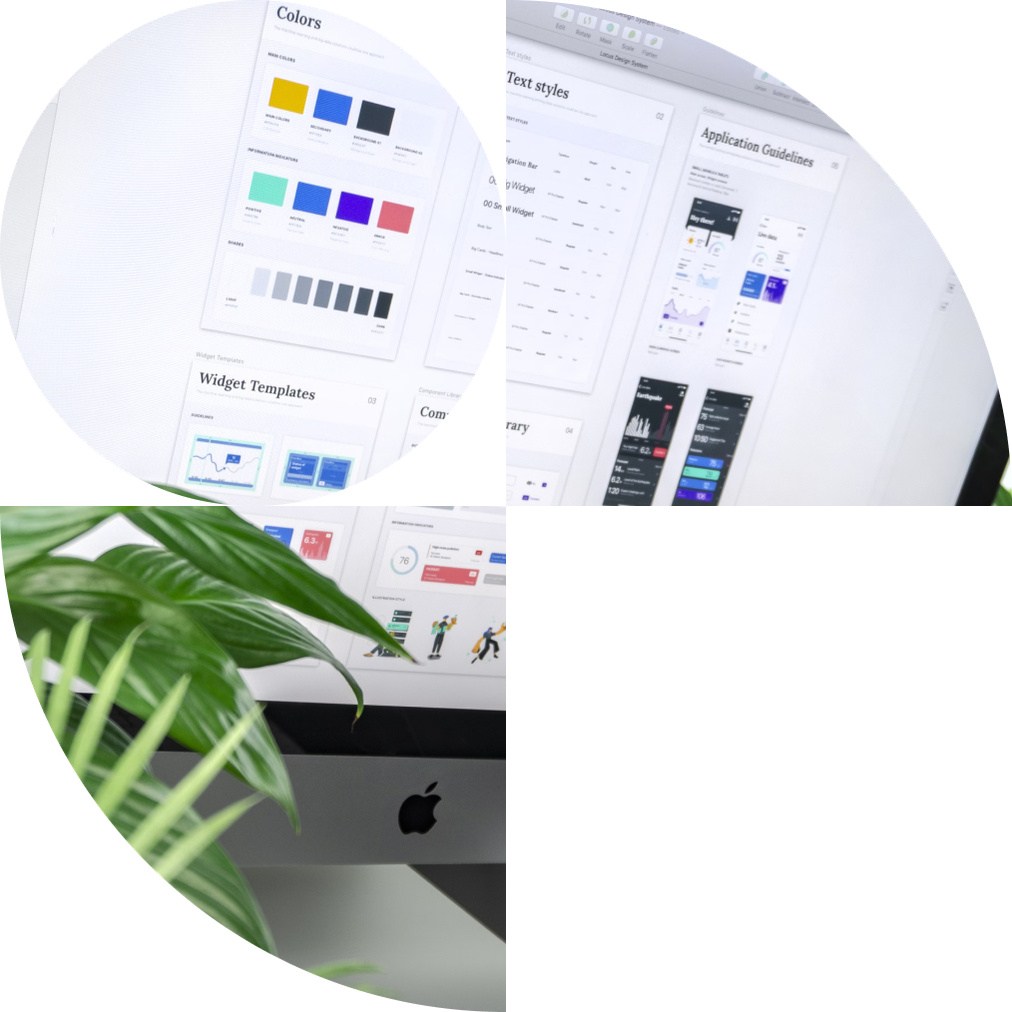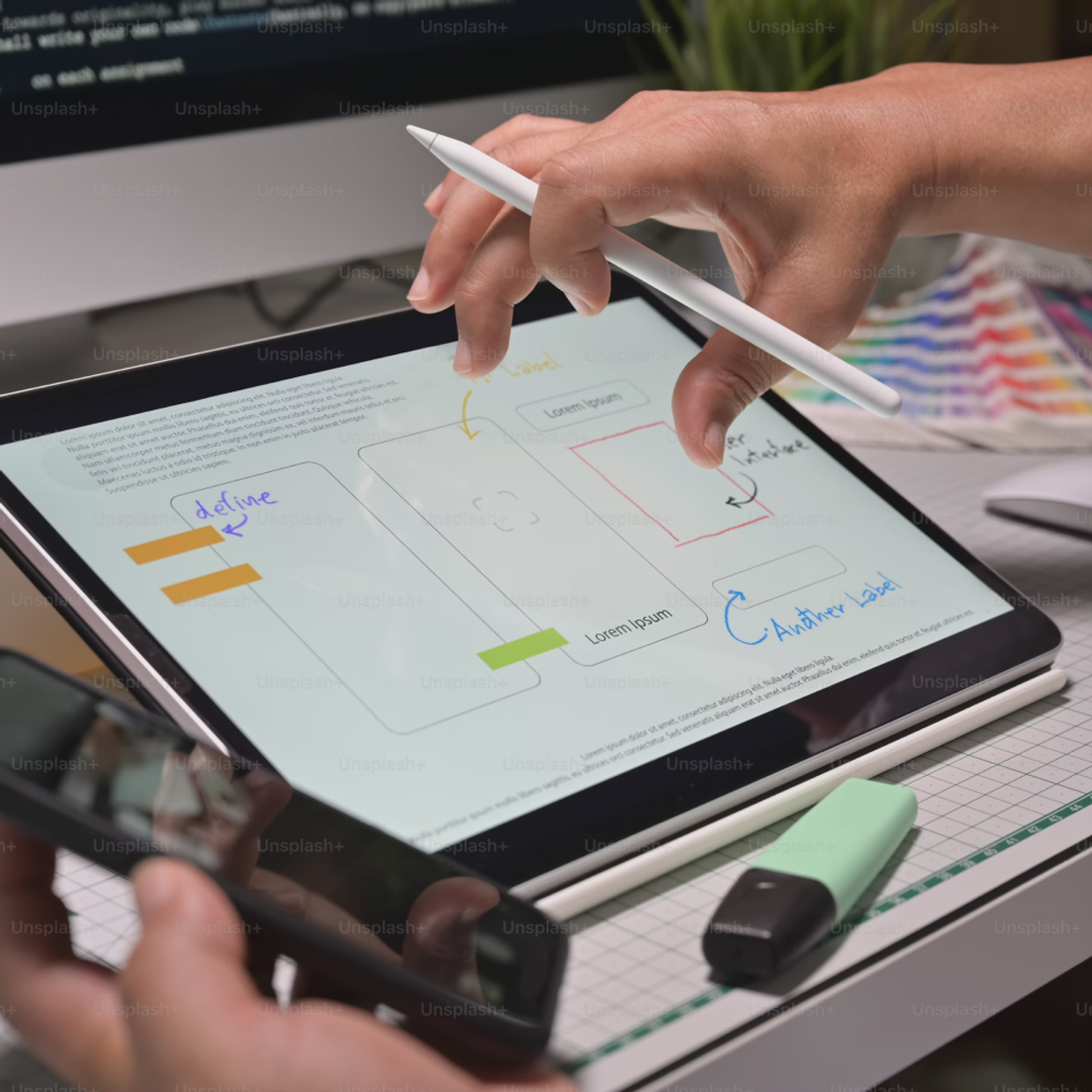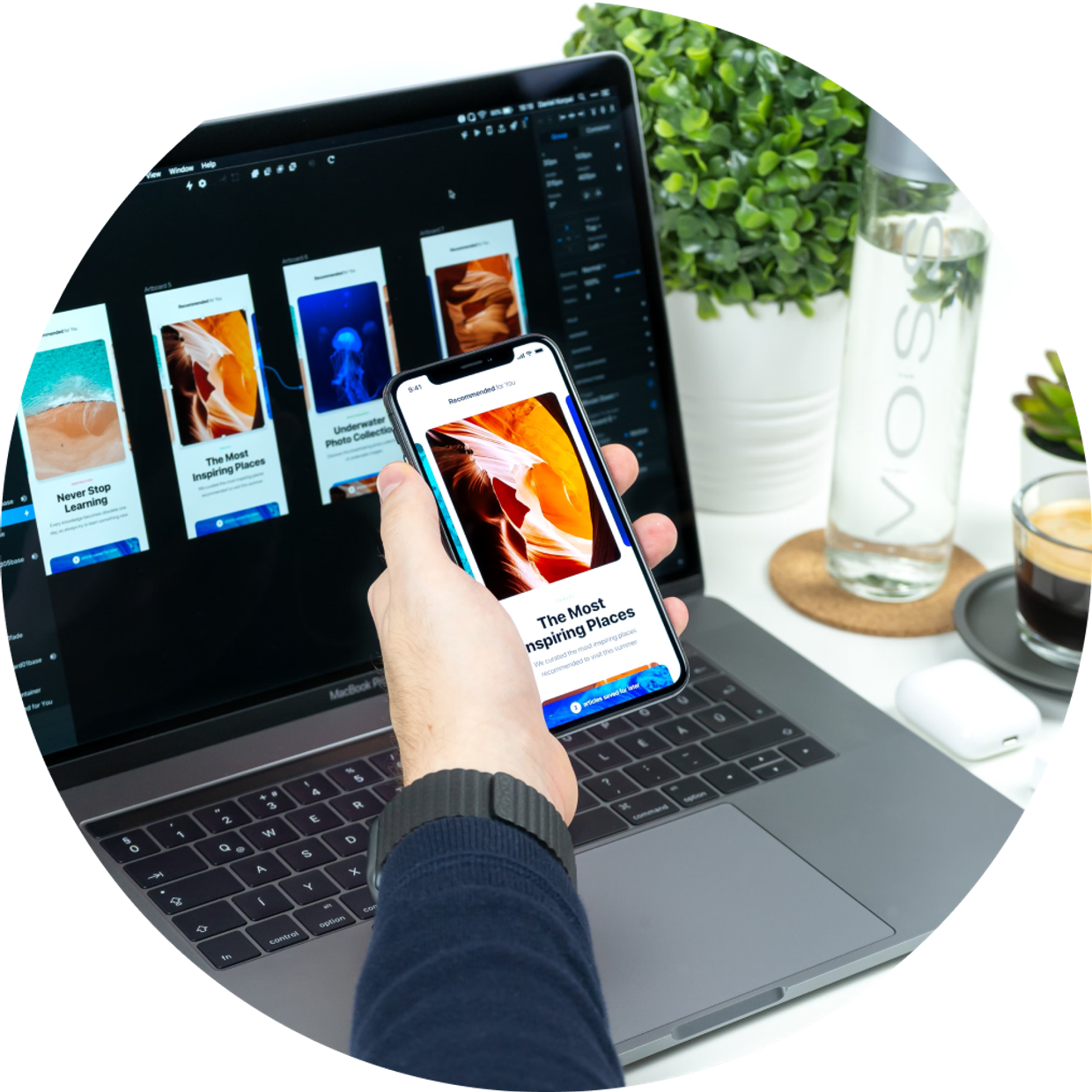Onderzoek
Grondig onderzoek
Voordat we concreet aan de slag gaan met jouw website, doorlopen we eerst een aantal strategische stappen samen met jou. We analyseren bijvoorbeeld je doelgroepen, klantsegmenten en belangrijkste concurrenten. Ook stellen we een SWOT-analyse op, maken we een merkanalyse en beoordelen we de waarde die jouw merk toevoegt. Daarnaast kijken we naar de missie, visie en kernwaarden van jouw bedrijf. Zo krijgen we een goed beeld van wie je bent en wat je wilt uitstralen in de markt.
We bestuderen ook hoe jouw concurrenten dit doen. Door een best-in-class analyse uit te voeren, krijgen we inzicht in hoe jouw concurrenten zich onderscheiden in de markt en, nog belangrijker, hoe jij dat ook kunt doen.
Vervolgens stellen we de sitemap op, een handig overzicht van alle pagina’s op jouw website en hun onderlinge verbindingen. Op basis van al deze informatie gaan we aan de slag met het ontwerp. Om je een goed beeld te geven van de voortgang tijdens de ontwikkeling van jouw nieuwe website, maken we hierbij gebruik van wireframes en prototypes.





